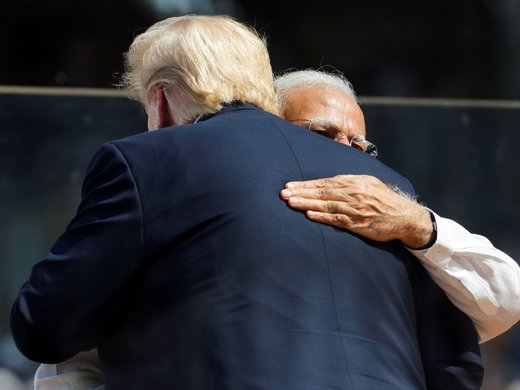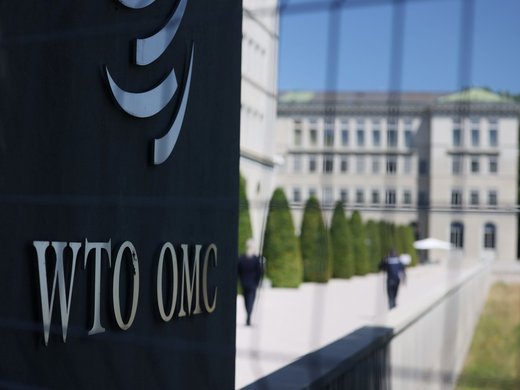This paper argues that with more objectives added since its inception in 2013, China’s Belt and Road Initiative (BRI) has evolved into a much more expansive grand strategy that includes a package of themes and goals. It examines the policy-making process of the BRI by exploring the motivations behind the plan President Xi Jinping proposed and how the initial Silk Road projects have developed into China’s package of strategies over the past few years. The priorities and performance of China’s investments in the BRI are discussed from the angle of geographical distribution, routes and projects, priority sectors and the connection between the BRI and the previous “going out” strategy China started at the beginning of the twenty-first century. The model and the specific ways China finances and invests in BRI projects, to a great extent, decided the nature of the China-led global infrastructure investment plan. BRI financing is reviewed in detail. Based on the geopolitical and geo-economic analysis of the BRI in the previous parts, the implications of the BRI for global governance as it goes beyond the ambitious infrastructure investment plan are revealed. The risks and problems facing the BRI and the controversy and criticism it has encountered are also addressed. Finally, the paper summarizes the BRI’s ever-expanding themes and the problems and risks it faces, and their implications for the future of the BRI.


